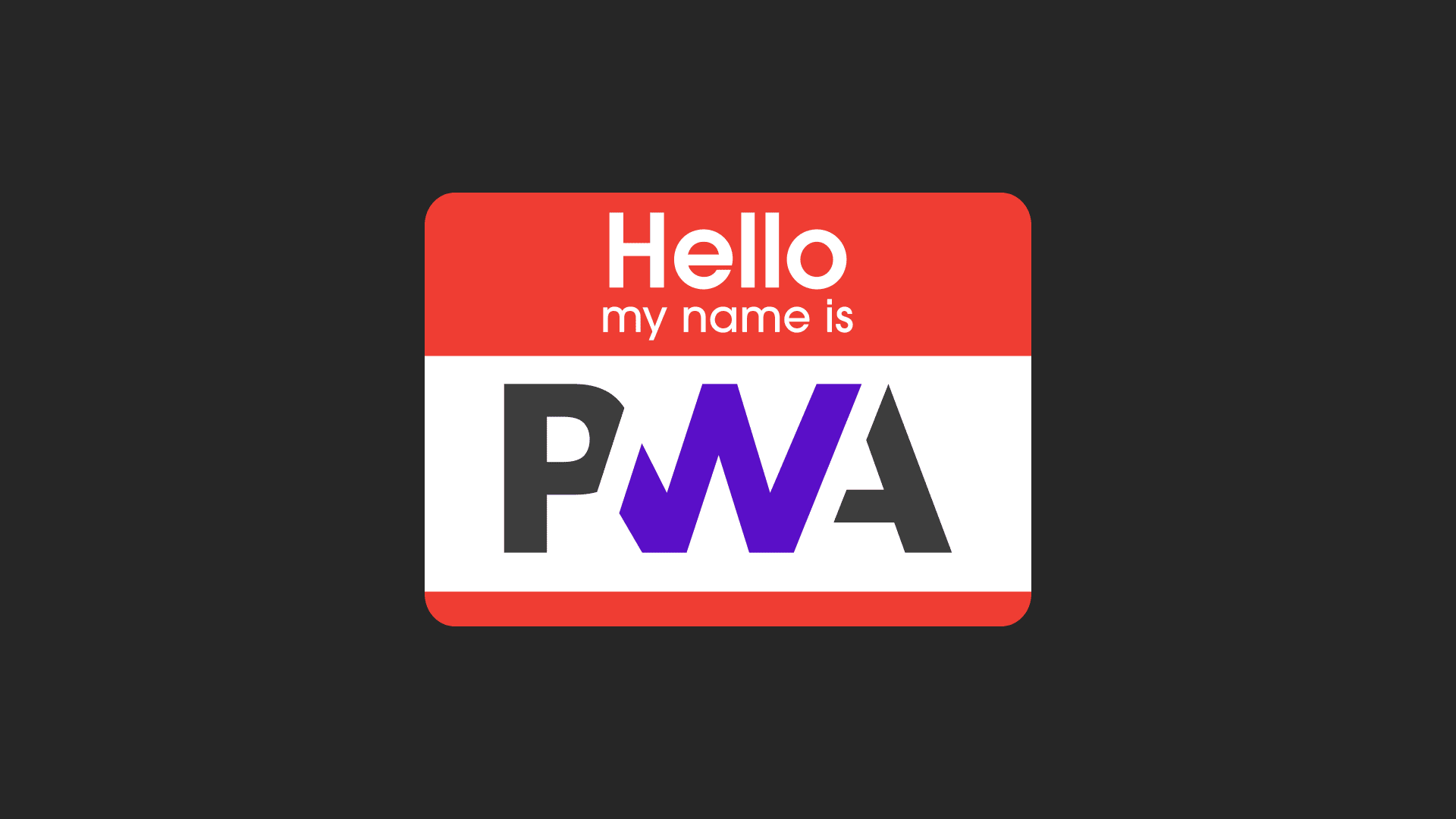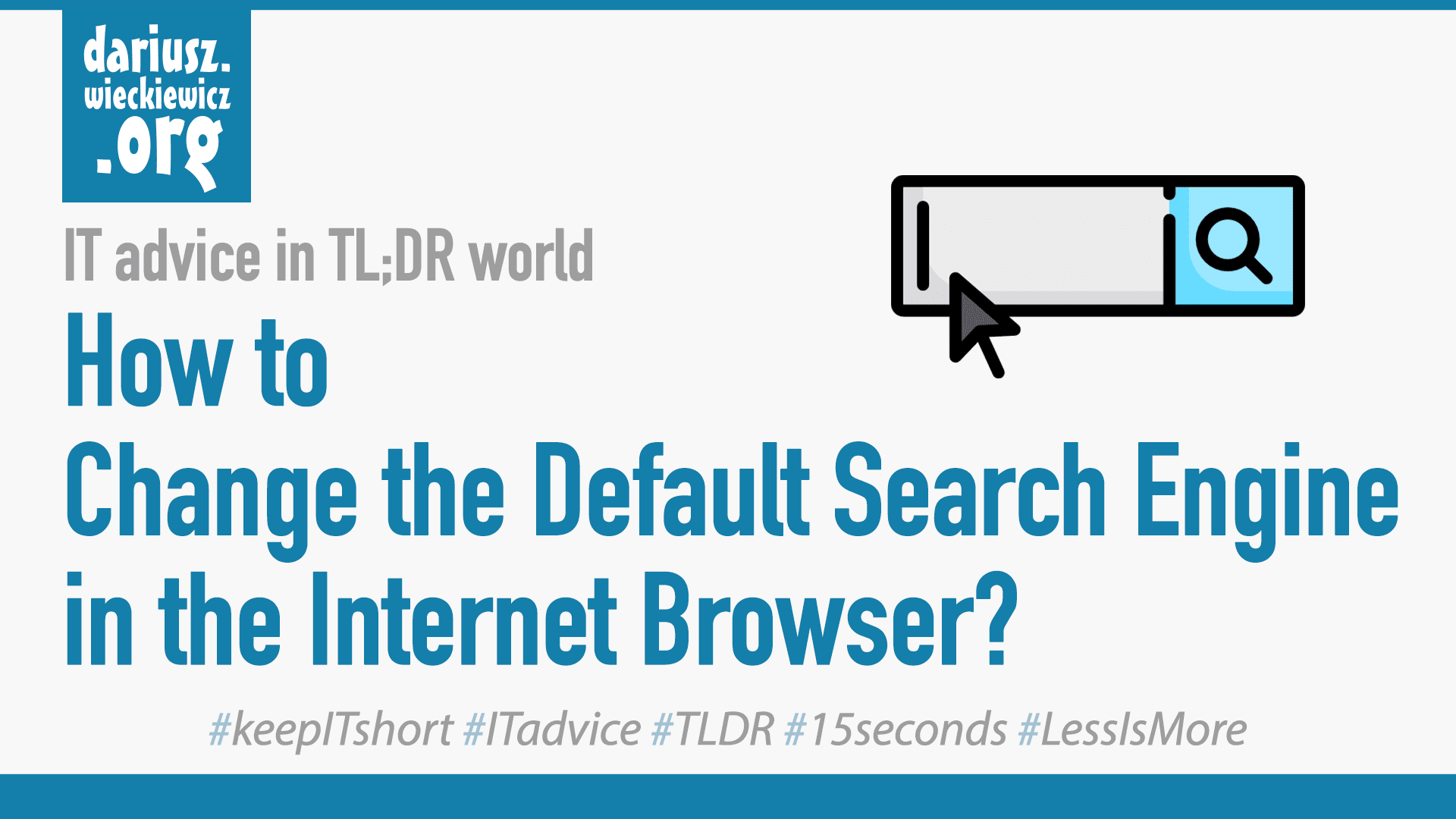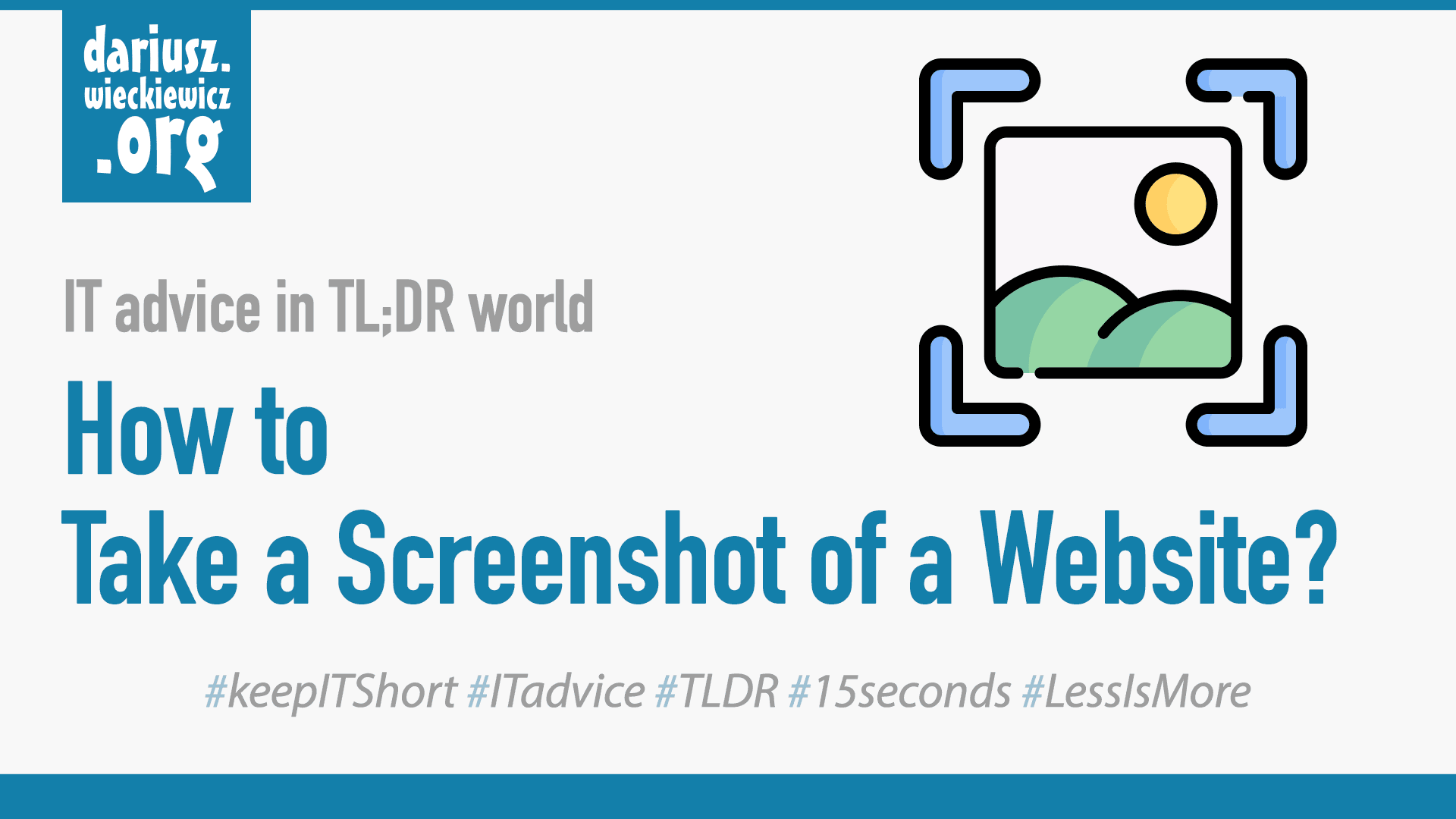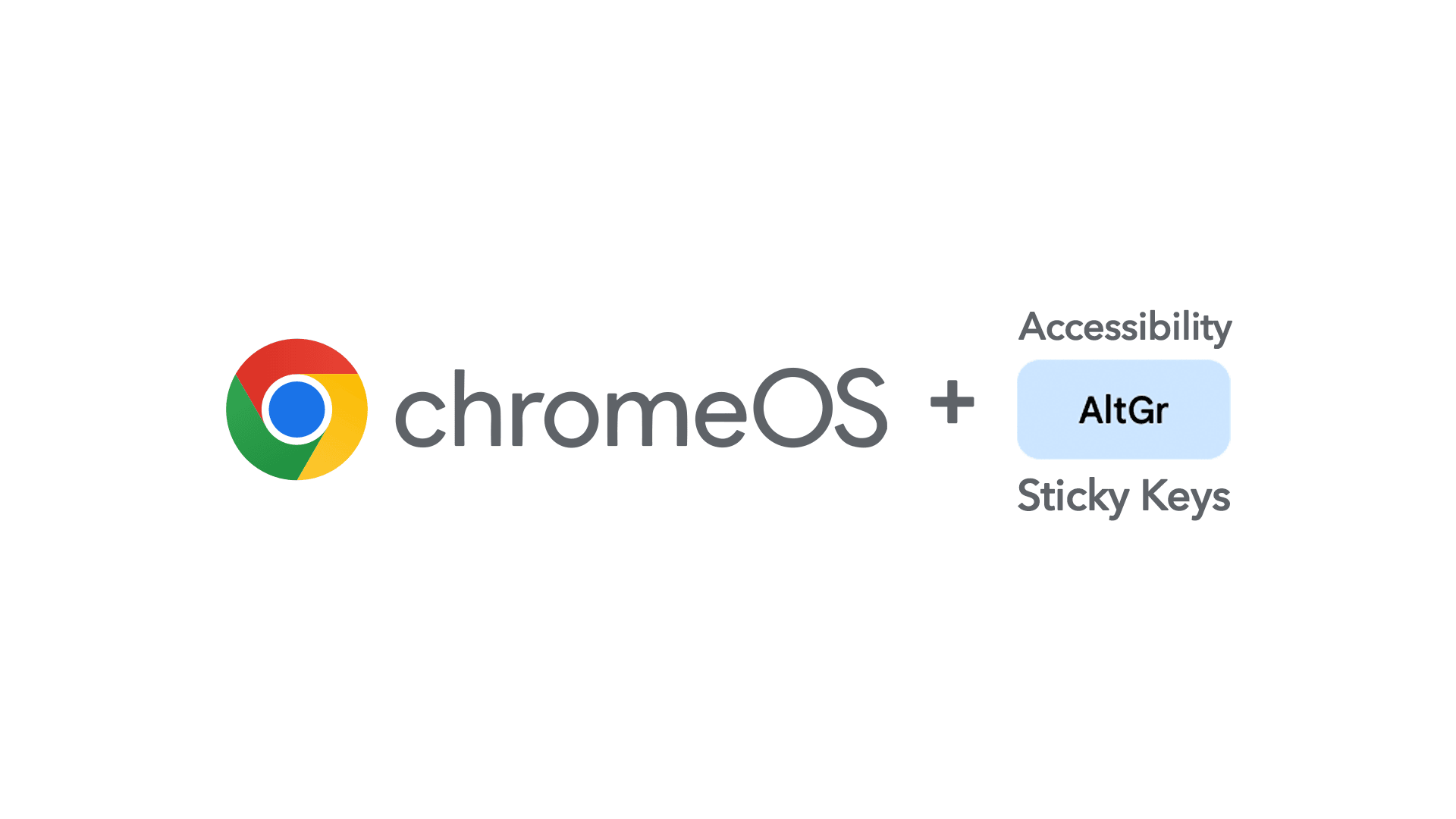Following encouragement to use Microsoft Edge, I am moving some users back to Google Chrome
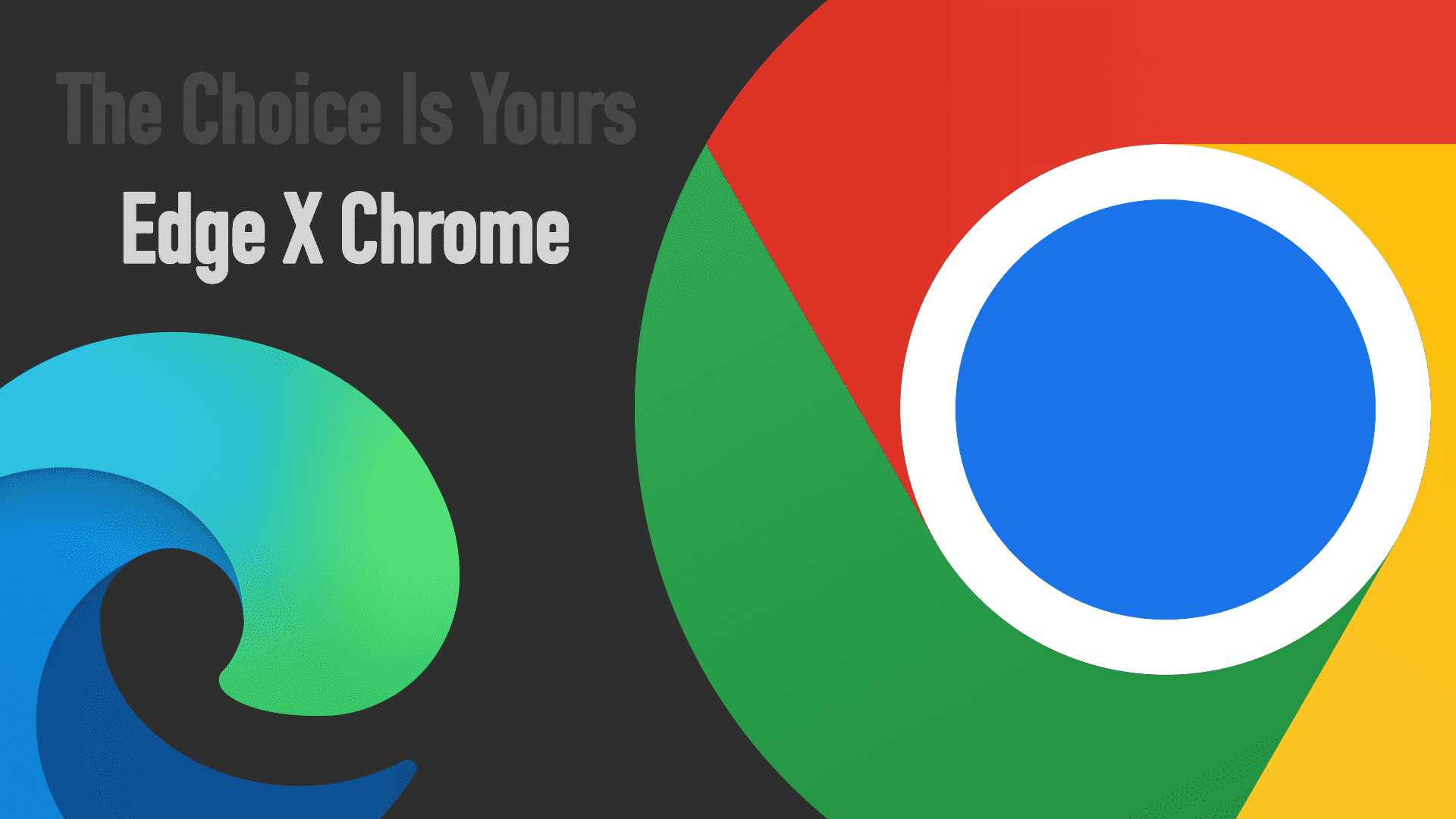
Since Microsoft Edge transitioned to the Chromium engine (the same engine as Google Chrome), I encouraged Windows users to try the updated version. After all, both browsers offer similar functionality.
Microsoft Edge, when logged in with a Microsoft account, was nicely integrated within the Windows operating system, offering a seamless experience. However, I’ve noticed that for users who primarily use Android phones and rely heavily on Google Services (like Google Photos), this solution is no longer optimal.
Both Google and Microsoft built their browsers around their respective services, as evidenced by Google Chrome’s alignment with Android and Microsoft Edge’s integration with Windows. However, Microsoft’s abandonment of mobile devices and subsequent cancellation of Windows Phones left a gap in their ecosystem. While their solution to integrate Windows with Android phones through the Microsoft Launcher is commendable, it feels akin to adding an engine to a car that already functions perfectly.
Faced with Microsoft Edge’s rising popularity, Google launched a targeted campaign urging users of its services to switch back to Google Chrome, particularly those accessing Google services through Edge.
However, this has not gone without widespread criticism directed at Google. Nevertheless, Microsoft has recently followed suit with similar tactics.
In my new approach, I prioritize user needs and preferences over my own.
For businesses using Microsoft 365 solutions, maintaining Microsoft Edge might be a reasonable option due to its beneficial integration with the operating system and services they pay for.
For users primarily relying on Gmail and independent of paid Microsoft services, opting for Google Chrome as the default browser on Windows operating systems seems like a reasonable solution.
Simple, end of story.
You can install extensions designated for Google Chrome into Microsoft Edge with ease, and all with work in the same way.
The only consideration is where you store your passwords, bookmarks, and other preferences (either in your Microsoft or Google account).
For users who rely primarily on Google’s search engine and services, Google Chrome may be the most convenient choice. Those invested in Microsoft’s services likely find Microsoft Edge a better fit.
My situation is unique: I juggle between personal iPhone and Mac (with Google services) and at work with Windows devices (with Microsoft services).
I am torn between multiple options and software.
One area where Microsoft Edge falls short for many users is the default search engine.
Microsoft Edge’s default search engine, Bing, may not be as suitable for some users who prefer Google’s search results.
I set Google as the default search engine on all work computers, only to find it switched back to Bing after certain updates. That’s frustrating!
Microsoft’s recent updates have raised concerns about data privacy, following reports that the Edge browser may automatically import tabs from Chrome without explicit user consent, as detailed in The Verge article Microsoft stole my Chrome tabs, and it wants yours, too.
This seems like an overreach.
According to recent reports, Microsoft has “fixed” a bug that allegedly copied Chrome tabs and data. While the company claims it was unintentional, many suspect it was a deliberate act. The feature’s removal after public outcry has left a lingering sense of distrust.
There is clear competition between Google and Microsoft in the browser market. Windows comes pre-installed with Microsoft Edge, while Google Chrome requires a separate installation. Some users choose Chrome due to preference or familiarity, while others may have concerns about Edge. While both browsers share similar functionalities, they also have unique features and cater to different user needs.
Naturally, many users unaware of this will default to downloading Chrome. However, there’s more to the story than brand recognition.
My approach has shifted, largely due to my experience promoting Chromebooks to users with limited technical expertise and accessibility requirements. Recognizing the needs of those nearing the end of Windows 10 support, I now suggest alternative solutions beyond purchasing a new Windows 11 PC.
For basic users who primarily utilize their computer for web browsing, consider a Chromebook as a potential alternative to a full-fledged Windows machine. Particularly for Android phone users, Chromebooks offer a familiar interface and seamless integration with other Google services.
Buying a Chromebook Plus now comes with guaranteed software support until June 2032, ensuring your device functions well even as hardware advances. In most cases, the hardware itself will likely last just as long, making a Chromebook Plus a potentially cost-effective choice for the coming years.
For users with devices no longer eligible for the official Windows 11 update, concerns around obsolescence and potential e-waste are understandable.
Devices incompatible with Windows 11 will technically remain functional. However, concerns have been raised regarding possible software limitations and compatibility challenges.
While some devices might not receive the official Windows 11 update, alternative solutions like ChromeOS Flex may be available to transform PCs into Chromebook-like devices. However, it’s important to note that ChromeOS Flex does not feature Android app support, meaning you won’t be able to run Android apps from the Google Play Store.
Chromebooks offer access to the Android ecosystem alongside Google Chrome, allowing users to install mobile and tablet applications typically unavailable on traditional desktops.
If you have switched to Microsoft Edge and are not entirely satisfied, returning to Google Chrome is an option worth considering. On the other hand, if you’ve been using Chromium-based Edge and it meets your needs, there might not be a compelling reason to switch back to Chrome.
